Legal Obstacles to Food Security Efforts: The Central New York Regional Market Authority
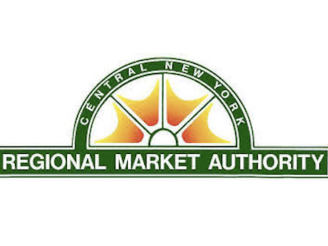
As part of our work on FoodMapNY, the Invest NYC SDG team is interviewing stakeholders from a range of sectors across New York State whose work addresses food insecurity. These conversations will be the basis for convening working groups focused on different strategies to address food insecurity, with the eventual goal of developing 4–6 pilot projects ready for investment. Highlights from selected interviews will be published here.
While food access is everyone’s main concern in times of crisis, arbitrary classifications have hindered important food security efforts, with some organizations unable to legally obtain the vital resources needed to serve their communities. This is the reality today for some food hubs in New York State.
A food hub essentially acts as the “middleman” between the farmer and the supermarket. A pivotal component of any efficient food system, food hubs work to aggregate and distribute food to wholesale buyers, institutional buyers, and local businesses in a timely and cost-effective process. Because of their importance in facilitating food access, state governments disburse funds to food banks to ensure a steady supply. However, many food hubs are not eligible to receive grant funding needed to sustain regular operations, let alone the social benefit programs they run that directly serve vulnerable communities. Organizations like the Central New York Regional Market Authority (CNYRMA) offer essential services to the public but, unfortunately, often struggle financially due to their for-profit legal status.
Established in 1935 at the height of the Great Depression, CNYRMA has sought to battle food insecurity in the Central New York region ever since. CNYRMA is based in Syracuse, a city located in one of the most food-insecure regions in NYS. The city’s childhood poverty rate of 46.9% is among the highest in the nation.1
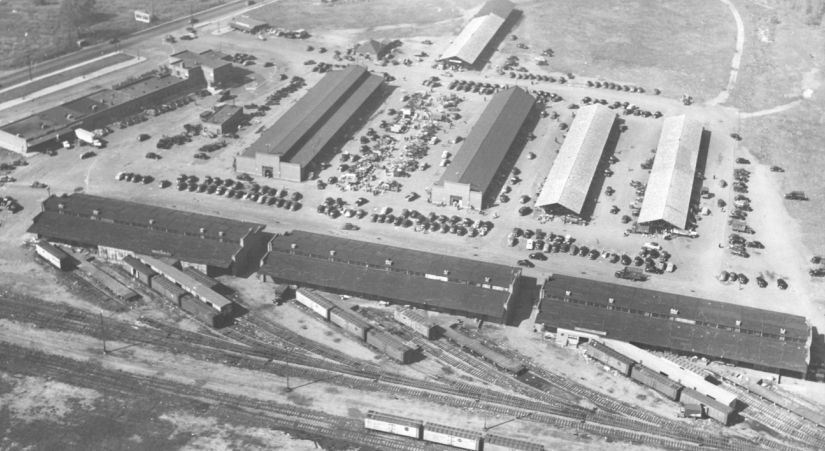
Photo credit: Central New York Regional Market Authority
A public benefit corporation, CNYRMA acts like a private non-profit organization, created to provide affordable services without public funding. Even though it is a New York State authority (a corporate body managed and created by the State to further public interest)2, CNYRMA must earn the revenue needed to keep itself afloat and its services affordable to the public. CNYRMA mostly offers rental space, a vital source of the region’s economic activity. CNYRMA’s farmers and flea market rents out 450 stalls to vendors and welcomes more than 30,000 people every weekend, with peak season yielding an estimated trade value of $800,000 to $1,000,000 every day from the retail market alone. Many customers appreciate the market’s participation in the Supplemental Nutrition Assistance Program (SNAP), which helps keep healthy foods accessible to those in need. CNYRMA staff estimate that 75% of vendors earn more than a quarter of their business income from CNYRMA activities, and more than 50% of vendors acquire more than half of their business income from CNYRMA activities.
As one of the many markets created in the wake of the New Deal, but among the few still left with its original infrastructure, CNYRMA is in need of funding to support upgrades. CNYRMA warehouse conditions today reflect those of a time when trains, horses, and buggies regularly transported food. Current-day demand for food, however, requires wider entryways for modern loading equipment and vehicles (e.g. trucks). Today’s regulations similarly necessitate more infrastructural adjustments to meet safety and efficiency standards.
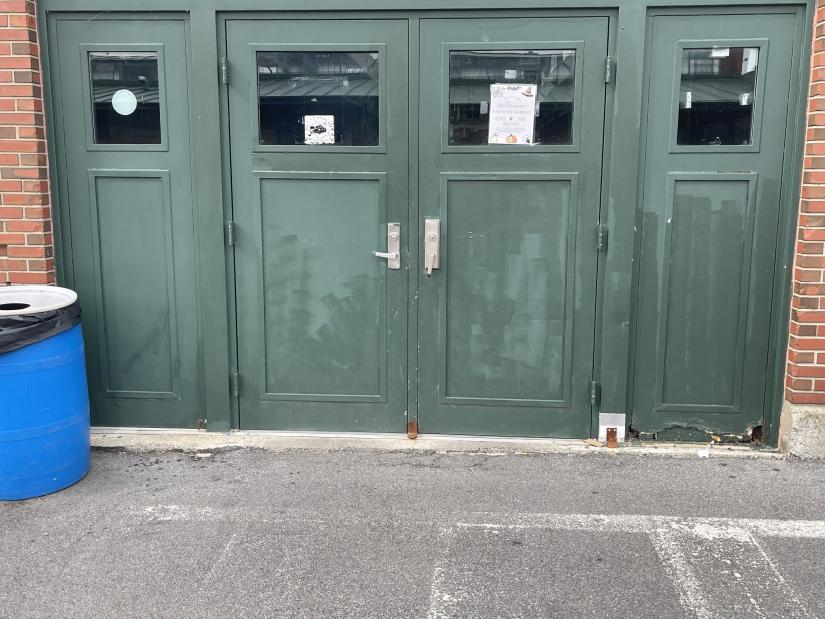
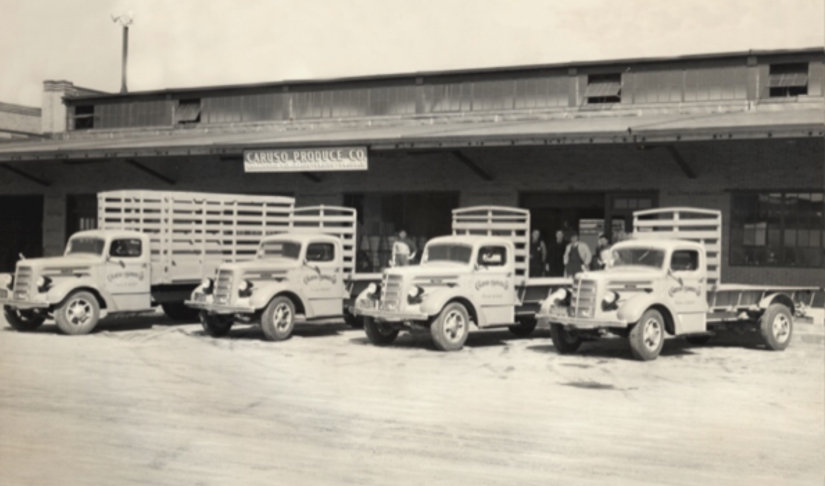
Photo credit: Central New York Regional Market Authority
Food hubs recognized as such by the USDA bear a significant burden as is, but non-publicly funded food hubs like the CNYRMA bear the brunt of struggling to stay afloat, especially during times of crisis. You will not see the CNYRMA appear in the official USDA food hub directory due to its ambiguous legal classification – not a non-profit but rather a public benefit corporation – which, in turn, curtails the number of funding opportunities available. This was clear during the COVID-19 pandemic when sharp increases in food insecurity rates exacerbated the market’s infrastructural shortcomings.3
Today the USDA lists one food hub in Central New York and a total of 13 in the state.4 However, with approximately 20 million people to feed across the state, registered food hubs, together with food banks and food pantries, did not meet the overwhelming demand of the pandemic alone. In addition to CNYRMA, FoodMap NY has identified at least 6 more organizations that fulfill food hub functionalities: Hudson Valley Farm Hub; Brady Market; Genesee Regional Market Authority; Plum & Mule Community Market; and Glynwood Farms. These organizations, like the CNYRMA, are not recognized by the USDA as food hubs despite being key players in the system, aggregating and distributing a significant share of the region’s food every year.
“Existing wholesalers at markets like ours are already aggregating products from local producers for redistribution and are historically not considered for the funding.” – Amanda Vitale, Executive Director, CNYRMA
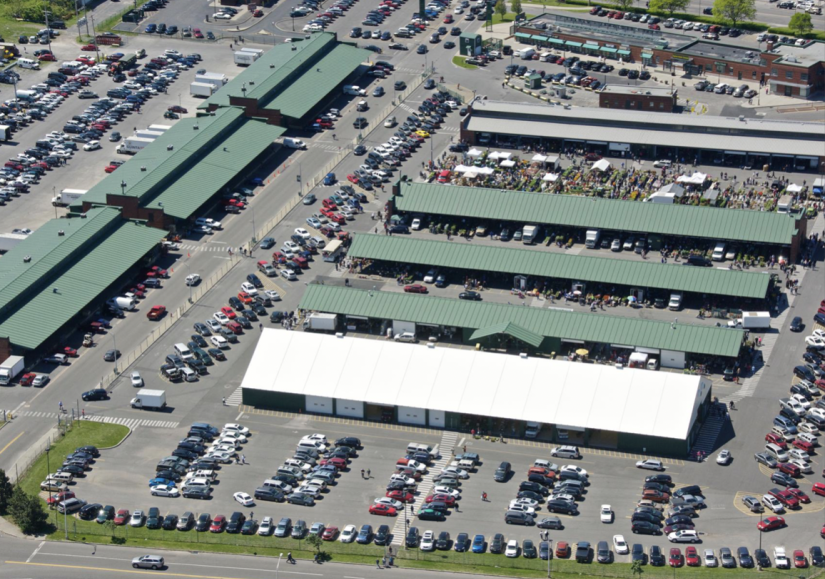
Photo credit: Central New York Regional Market Authority
Already committed to providing affordable rental services for small businesses, many of which work with food pantries and other food waste reduction outlets, CNYRMA played a significant role during the COVID-19 pandemic, becoming a major COVID-19 testing center. Because of the market’s state authority legal status (not a municipality and/or operating with public funding), CNYRMA was not eligible to receive COVID-19 relief grants or other philanthropic funding grants despite offering its COVID relief services at no cost.
The majority of CNYRMA’s revenue comes from renting out their wholesale space and wholesale market, which helps to fund the retail farmers market and sustain low prices for local vendors. Despite managing a 50-acre facility, CNYRMA runs on an annual $2 million budget that also includes capital improvements, a considerably low amount for the size and scale of its operations.5 With the added financial burden of the pandemic, CNYRMA lost significant revenue, which ultimately resulted in the closure of important programs, including its community kitchen, which promoted food and nutrition literacy, and its partnership with the New York State Office for the Aging, which provided free meals and coupons for seniors.
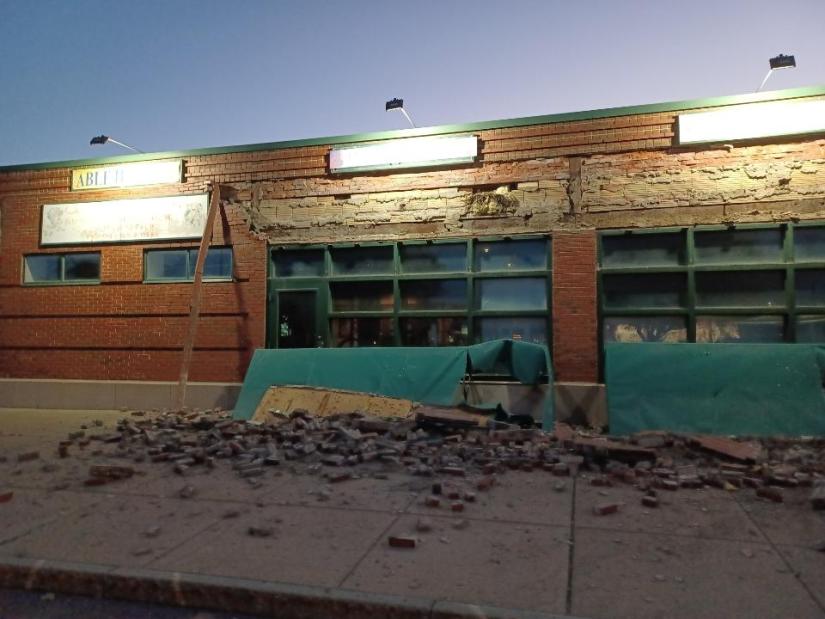
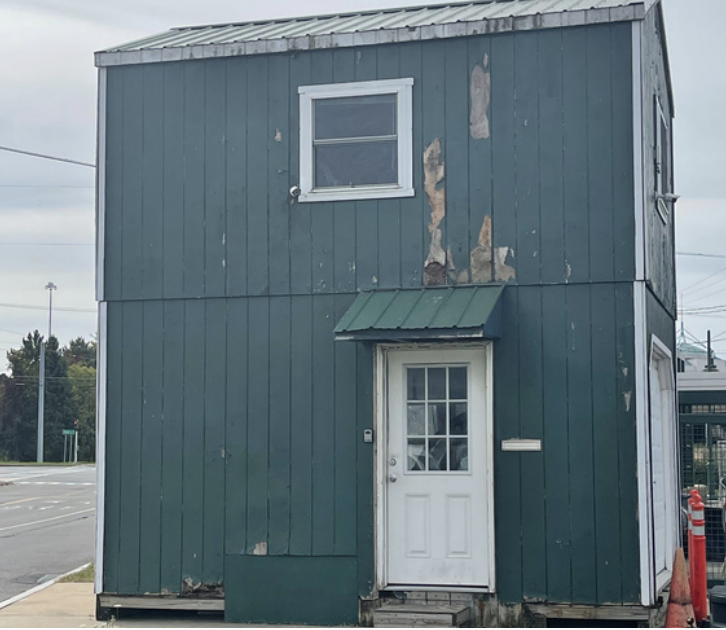
Photo credit: Central New York Regional Market Authority
With its programming on the line, the regional market has taken action. In 2022, CNYRMA announced the launch of its Revitalization Project, a campaign to receive $91 million in state funding to address the market’s infrastructural limitations.6 This project is important to the continued economic well-being of the region; the CNYRMA would keep costs of rental spaces low for smaller vendors/farmers, and in turn yield opportunities for agricultural production and the commercial sector to grow. Improving infrastructure would benefit small businesses by keeping the costs of selling goods low and the prices of their goods affordable to locals in one of the most food-insecure regions in New York.
The CNYRMA collects about $400,000 in SNAP sales annually, but this number is projected to increase with reinvestment outlined in the proposal. With modern warehouse facilities, the authority would meet food compliance standards, and be able to sign large wholesale contracts that consolidate a greater flow of healthy food to places that currently experience a severe lack of access. Envisioning CNYRMA as a hybrid food hub (with both wholesale and retail operations), the plan would modernize market infrastructure and restore programs like the community kitchen for local consumers. CNYRMA’s ability to service those in urgent need has hinged on technicalities like legal status for a long time. Such intricacies have had significant consequences, but the CNYRMA is working to change that by seeking community support. One way for people to demonstrate support is by signing their petition here.
An integral part of any healthy supply chain, food hubs facilitate a stable flow of food from farms to your local grocery store, regardless of their legal status. Harnessing their capabilities entails looking past arbitrary legal classifications that have done more harm to communities than good. With food insecurity still endemic in our communities, it’s important not to overlook what really matters – access to nutritious and affordable food.
Sevastian Sanchez is a senior double majoring in international relations and public policy at the NYU College of Arts and Sciences. Having previously served as a research assistant for FoodMap NY, Sevastian is now working on Invest NYC SDG’s M.A.P NYC project.
References
1. Kevin Tampone, “Census: Syracuse Child Poverty Dips, but Falls More Elsewhere,” syracuse.com, December 8, 2022, https://www.syracuse.com/data/2022/12/child-poverty-falls-in-syracuse-but-other-cities-saw-much-bigger-drops-census-says.html.
2. “What Is a Public Authority?,” Office of the New York State Comptroller, accessed October 25, 2023, https://www.osc.state.ny.us/public-authorities/what-public-authority.
3. In the United States, about 38% of adults have experienced an increase in food insecurity since mid-March 2020, when COVID-19 was declared a national emergency. Citation: JungHo Park, Chaeri Kim, and Seulgi Son, “Disparities in Food Insecurity during the COVID-19 Pandemic: A Two-Year Analysis,” Cities, September 23, 2022, https://doi.org/10.1016/j.cities.2022.104003.
4. “USDA Local Food Directories,” n.d. https://www.usdalocalfoodportal.com/fe/searchresults/?directory=foodhub&location_state=New+York
5. Jim Barham, Regional Food Hub Resource Guide: Food Hub Impacts on regional food systems, and the resources available to support their growth and development § (2012). https://www.ams.usda.gov/sites/default/files/media/Regional%20Food%20Hub%20Resource%20Guide.pdf
6. “Revitalization Project,” CNY Regional Market, 2022, https://www.cnyregionalmarket.com/revitalization-project.
